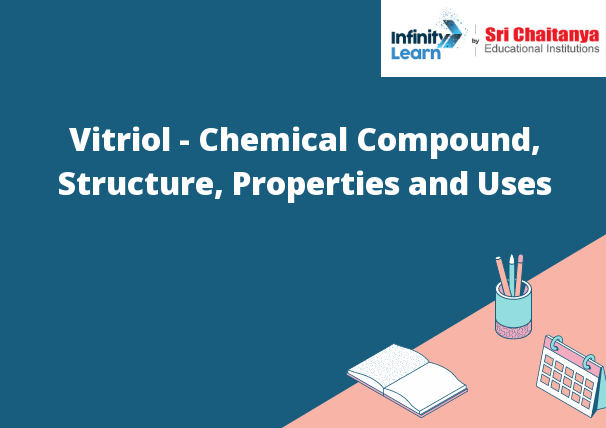Table of Contents
What is Vitriol and its Chemical Structure?
Sulfuric acid is a strong mineral acid with the molecular formula H2SO4. It is a colorless odorless liquid that is highly corrosive. It is also hygroscopic, meaning that it absorbs water from the air. Sulfuric acid is the most important industrial chemical in the world and is used in a wide variety of applications.
The sulfuric acid molecule is composed of a sulfur atom bonded to two oxygen atoms. The sulfur atom is in the +6 oxidation state, while the oxygen atoms are in the -2 oxidation state. This gives the molecule a net charge of -1. When sulfuric acid is dissolved in water, the oxygen atoms will dissociate from the sulfur atom and each will form a hydroxyl ion (OH-). This will give the solution a pH of about 2.

Green Vitriol
Green vitriol is a compound of iron and sulfur with the formula FeSO4. It is a greenish-blue mineral that is used as a pigment, a fertilizer, and an algicide.
Red Vitriol
Red Vitriol is a compound of sulfur and copper that is a deep red color. It is used in a number of industrial applications, including as a pigment and a corrosion inhibitor.
White Vitriol
White vitriol is a type of sulfuric acid that is used in a variety of industrial processes. It is a colorless, oily liquid that is highly corrosive. It is used to produce sulfuric acid, to make dyes and pigments, and to refine petroleum.




